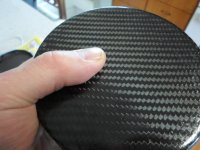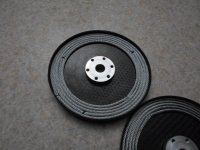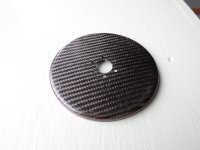John in CR
100 TW
fechter said:One interesting thing you'll find is that the flux increases dramatically when the motor is assembled due to the closed flux path. While the iron may be OK while the motor is apart, you may find it's saturated when it's assembled.
That's interesting. Is the same true with a double rotor, or will the thickness of the backing rings be lower due to the strong attraction between the rotors and resulting change in the flux path?




